
On March 5, 2025, ahead of the official opening of the Paul Chiang Art Center, a dialogue was held featuring artist Paul Chiang, curator Fumio Nanjo, and architect Michael Lin. Together, they shared the vision and execution behind the creation of the art center. This article documents the dialogue among the three speakers on art, architecture, and curatorship.
Opening Remarks, Jenny Lee (hereinafter referred to as Lee): Hello everyone, and welcome to the talk at the Paul Chiang Art Center. My name is Jenny Lee. I'm an independent curator and art consultant, and I’m honored to be your moderator today. We are joined by three special guests: artist Paul Chiang, architect Michael Lin, and curator Fumio Nanjo, who curated the art center’s inaugural exhibition. Together, we will explore the creation of the Paul Chiang Art Center from three perspectives – art, architecture, and curatorship – and reflect on how space influences the way we view and experience art.
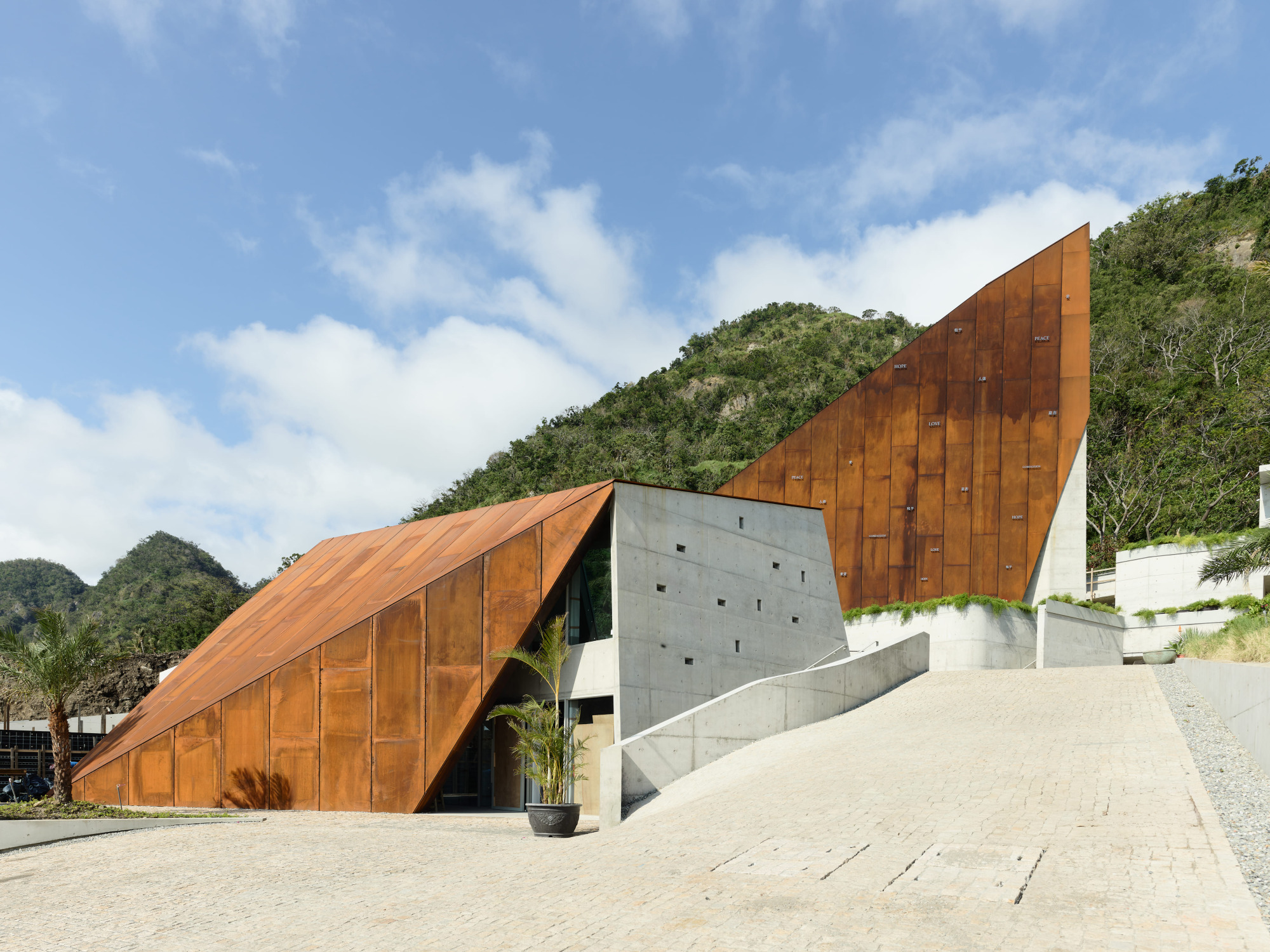
Between Forms: Architecture as an Extension of Art
Lee: Paul, how does it feel to see your life’s work housed in a dedicated space? What does having a permanent home for your art mean to you?
Paul Chiang (hereinafter referred to as Chiang): To answer your question, my response has always been the same. Every time I finish a piece of work, it no longer belongs to me – it becomes part of the past. I’m always thinking about what I can create tomorrow. I feel the same way about this art center.
Lee: We all know that several buildings in the art center were inspired by your sculptural works. Could you and Michael talk about how sculpture was transformed into physical space, and what challenges you faced during that process?
Michael Lin (hereinafter referred to as Lin): I remember when I first met Paul, I asked him, “Why don’t we turn this sculpture into a building?” He very generously agreed. For me, the most important thing was how we could see the beauty of Taiwan through Paul’s work, and how we could understand his way of seeing the world through architecture. That’s why, when we talked about transforming sculpture into architecture, I imagined myself as somewhat “nonexistent.” I didn’t want to impose too much on the architectural details, because this was also an extension of Paul’s creative expression.
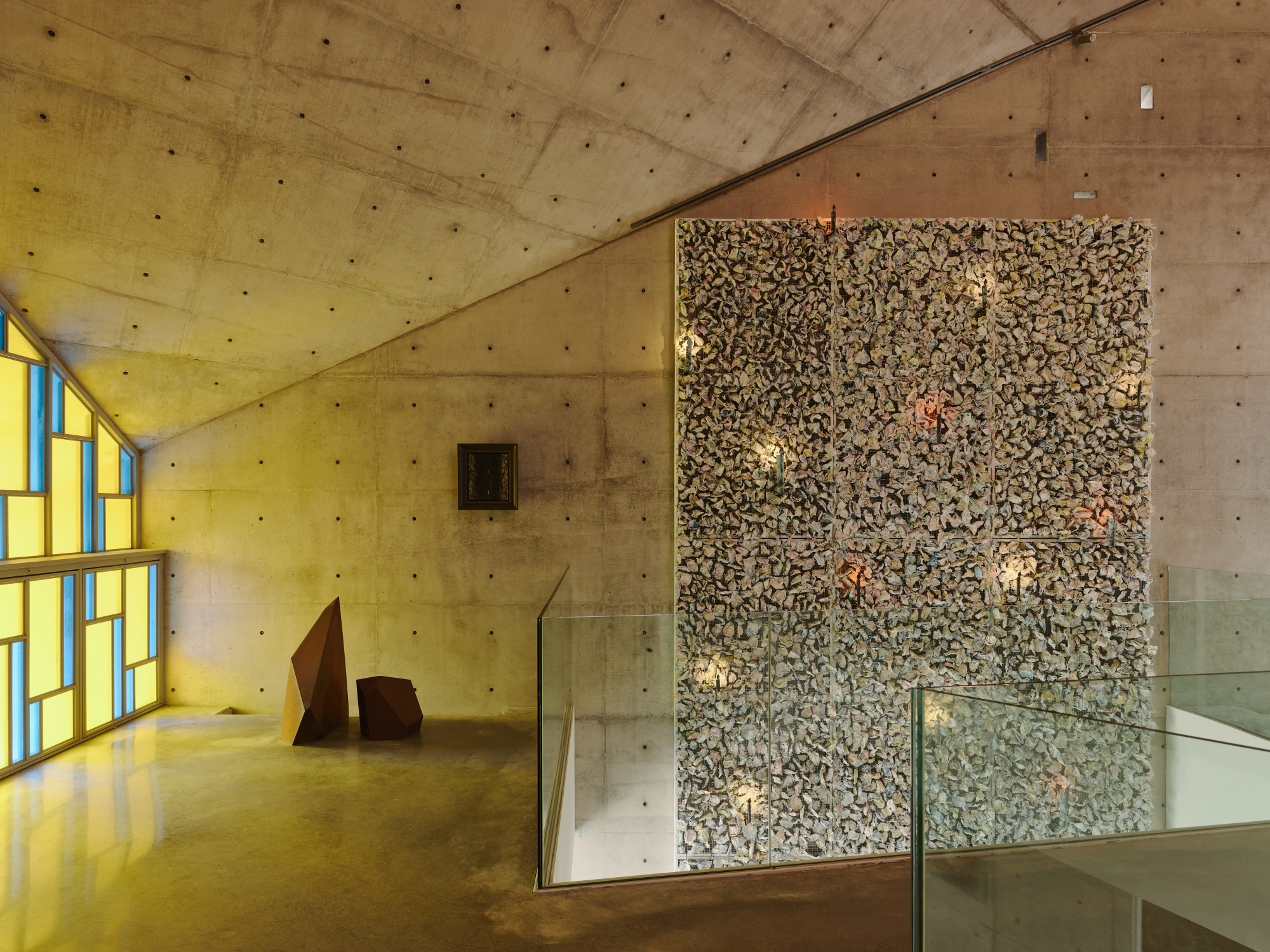
Lee: So, was the idea of transforming a sculpture into a physical space initiated by Michael?
Chiang: Yes. In fact, as early as twenty years ago, when I had just moved to Taitung, I wondered whether this sculpture could be turned into a building. When I heard that he was interested in making it into architecture, I was overjoyed. I knew it would be a great challenge, but thanks to new technologies and advancements in construction, it finally became possible.
Lee: I’m curious, what was it like the first time you walked into the space yourself?
Chiang: I remember it was early one morning, around 6:15 or 6:30 a.m., just as the sun was rising. It must have been about six months ago, almost summer. I took a lot of pictures and sent them to Michael right away. I didn’t send them to Stanley (Yen, co-founder of the art center) or anyone else – only to Michael. I simply wrote two words: “Thank you.”
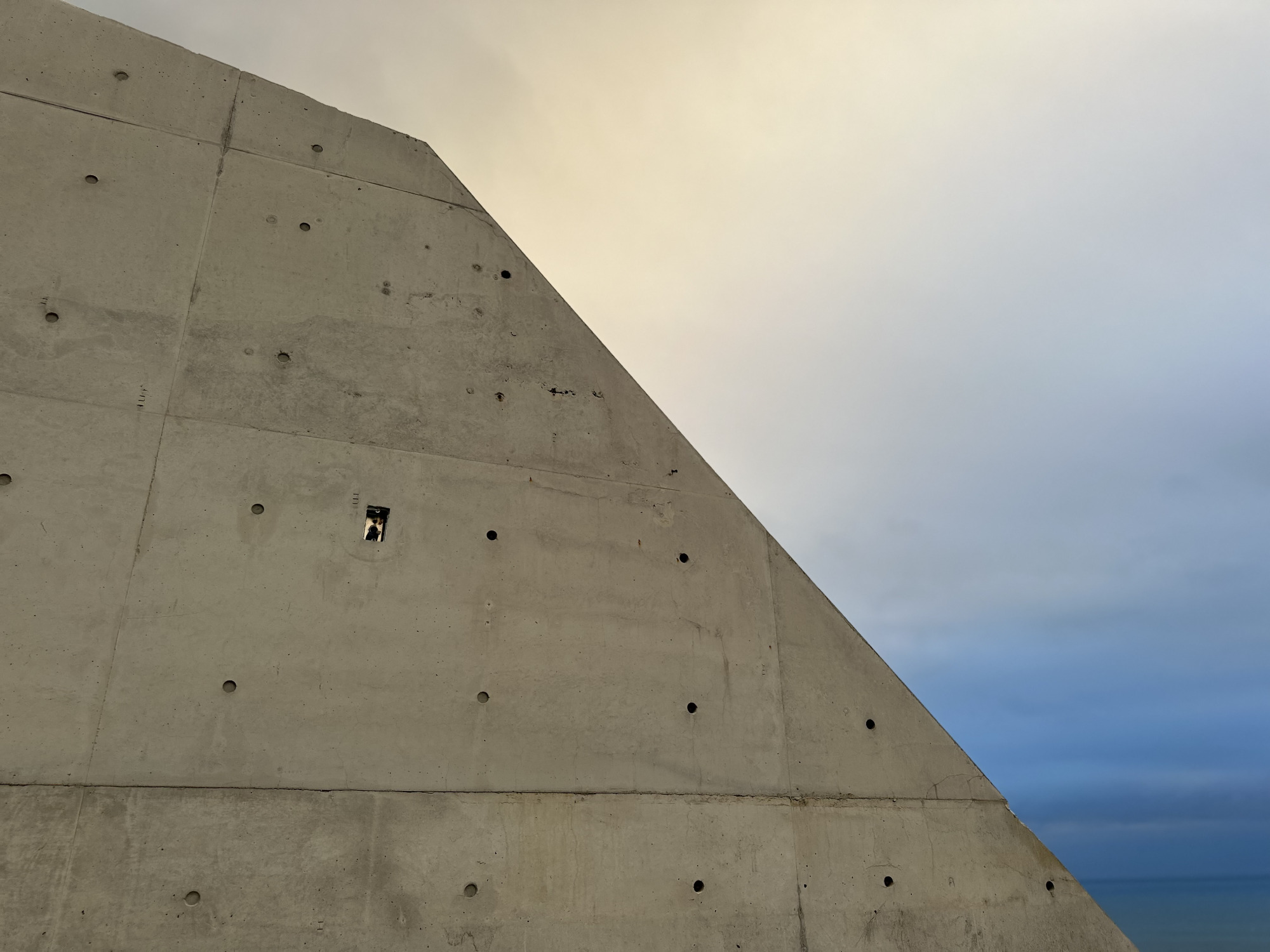
Lee: Was he the first person you wanted to share that moment with?
Chiang: Yes.
Lin: That’s so touching. I really appreciate how generous he is.
Lee: You mentioned in an article that designing this center required balancing solitude and public engagement. Could you talk about the challenges involved in that process?
Lin: That balance was indeed a constant topic during our planning. We discussed how far the galleries should be from his studio, what he wants to see while painting, and how he wanted to be in a place where he could deepen his connection with the sun, his wife, and nature. I think that was the most difficult yet moving aspect of the design. But now, he has no place left to paint! (laughs)
Chiang: Over the years, I’ve gotten used to it. I can paint almost anywhere, as long as no one is watching or around me. Not even my “girlfriend” of the past forty or fifty years has seen me paint. It’s a very personal space. As long as I have a pen, I can paint anywhere – even without a roof or walls.
The Inner Axis of Art: Light and Hope
Lee: Nanjo-san, we know that the theme of this exhibition is Light, Beauty, and Purification. Could you elaborate on how the themes were chosen and how you see them reflected in Paul’s work?
Fumio Nanjo (hereinafter referred to as Nanjo): He was in New York and Paris in the ’60s – It was a strong period of culture in New York, and many artists and movements were born in the ’60s. But at the same time, he noticed he had to go beyond them. That’s been his consistent creative approach – challenge and breakthrough. He’s always looking for free expression in art -freedom of art – and this spirit of not being bound by anything existing is why I chose to open the exhibition with two of his early works. I titled this section Pursuit of Freedom. Though the number of works is small, this first gallery is the key core of the entire exhibition.
The next gallery focuses on Music and Nature. Music is a very important factor influencing his art, even now. His works show the rhythm of the music – you can hear the sound from the paintings and it’s quite a different experience from usual paintings. As for nature, we wanted to make viewers aware that the nature around us is influencing us, giving us much information. Light and darkness, and the wind and sound – all of these things surrounding him influence his art.
If you observe the Impressionists, they painted what they saw – natural light, atmosphere, the sensations of the moment. Expressionism is just the opposite. Expressionism comes from something inside of you. Paul’s works flow between these two directions, how the outer world stirs the inner self, and how he uses the brush to respond to that inner light. As he says, that light is hope. Without hope, how do we go on living? A painting not only conveys emotion but also symbolically shows it. In this way, we are all encouraged to live on. That’s the message this exhibition hopes to share with its audience.
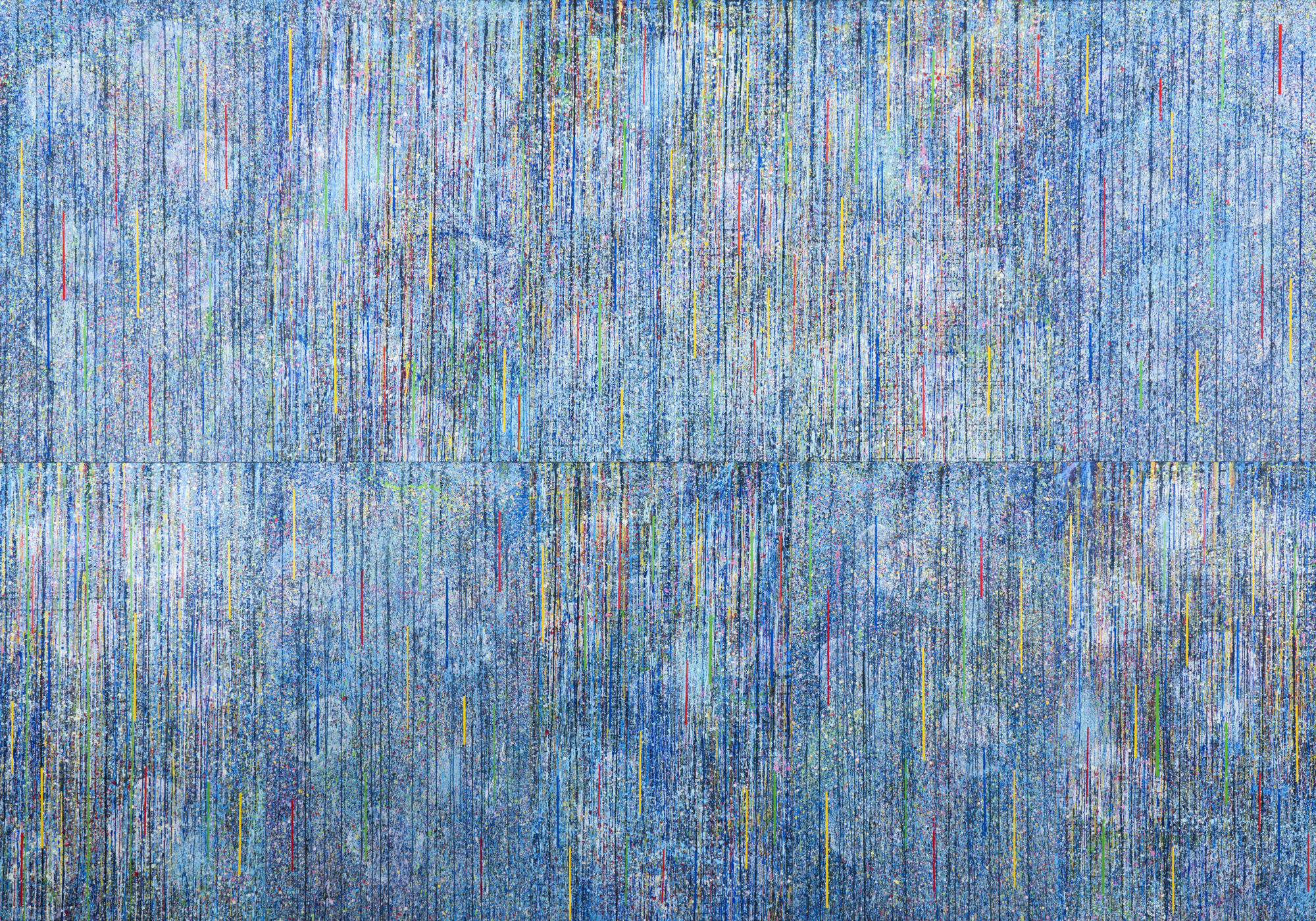
Lee: That is very well said. We can imagine and grasp the core essence of Paul’s practice. Now, I’d like to ask Michael – because you also incorporate light into your architectural design – how did you incorporate light into the architecture of the art center, and how does it interact with both the natural landscape and the artworks?
Lin: I’m lucky that I was always able to find answers in Paul’s paintings. When you ask about light, there was a period in which Paul’s work was very confined and very dark, and the light appeared almost like a figure. Sometimes that figure was a crack, where the light would somehow emerge from it, and sometimes it was a candle. He painted a lot of candles. Sometimes you can see hope, sometimes despair, and sometimes a sense of peacefulness because the light was presented in contrast to the surrounding darkness. Later on, the light, originally depicted as a figure, became the ground, for instance. There is a certain kind of generosity, where the light becomes part of nature, not drawing attention to itself..
I wanted the architecture to reflect both kinds of light – one that helps visitors understand the different qualities of light, and another that helps them grasp the spiritual essence of Paul’s work. In other words, architecture should not merely be a container for artworks, but a medium that converses with the paintings and with nature.
Chiang: Whether I’m in Paris, New York, or Taitung, light has always been the most important element. The only difference now is that I’ve aged. But whether it’s my paintings or this entire art center, I see them as works of light. In recent years, hope has also become a central theme – especially over the past five or six years, with Covid-19 and the war. I believe everyone feels the same: that we all need kindness and goodness in our lives. I hope every visitor to the center will feel that in such an environment, good things can happen.
Serenity Pond – A Meeting of Space, Architecture, and Spirit
Lee: I’d like to specifically talk about the space called the Serenity Pond. I’ve noticed that almost every visitor to the center stops there to take a photo – they instinctively slow down. Was that the effect you had anticipated?
Chiang: You could say that. I’ve always believed that this art center is not just for displaying my work, but for Taitung – for this land and nature. Architecture and space are important to everyone, though we may not always be aware of it. But once someone has a space, even a small apartment, they start thinking about how to make it more comfortable. I hope that when people come here, they won’t just appreciate the art, they’ll be moved by the architecture and touched by nature.
Lin: I’d like to use a metaphor to begin, because experience is something we can all understand. It’s like when Moses parted the sea – you see all the troubles being pushed aside, and suddenly there’s a very clear road ahead of you, and maybe nothing behind but that parted path. The idea is: everyone can be Moses. You can stand in front of a painting and feel that something has parted the noise, the chaos, and what remains is comfort. You see hope, you see possibility. And that’s what I admire about his work – it shows how to achieve freedom through peace.
When I was young, I was always the one who played the role of the “terrorist,” always trying to fight everything. But you can’t actually find peace through force and violence. What I now find truly precious is discovering how we find freedom with peace. That’s why I agree with Paul.
Nanjo: Could that also stem from a simple way of living?
Lin: Absolutely.
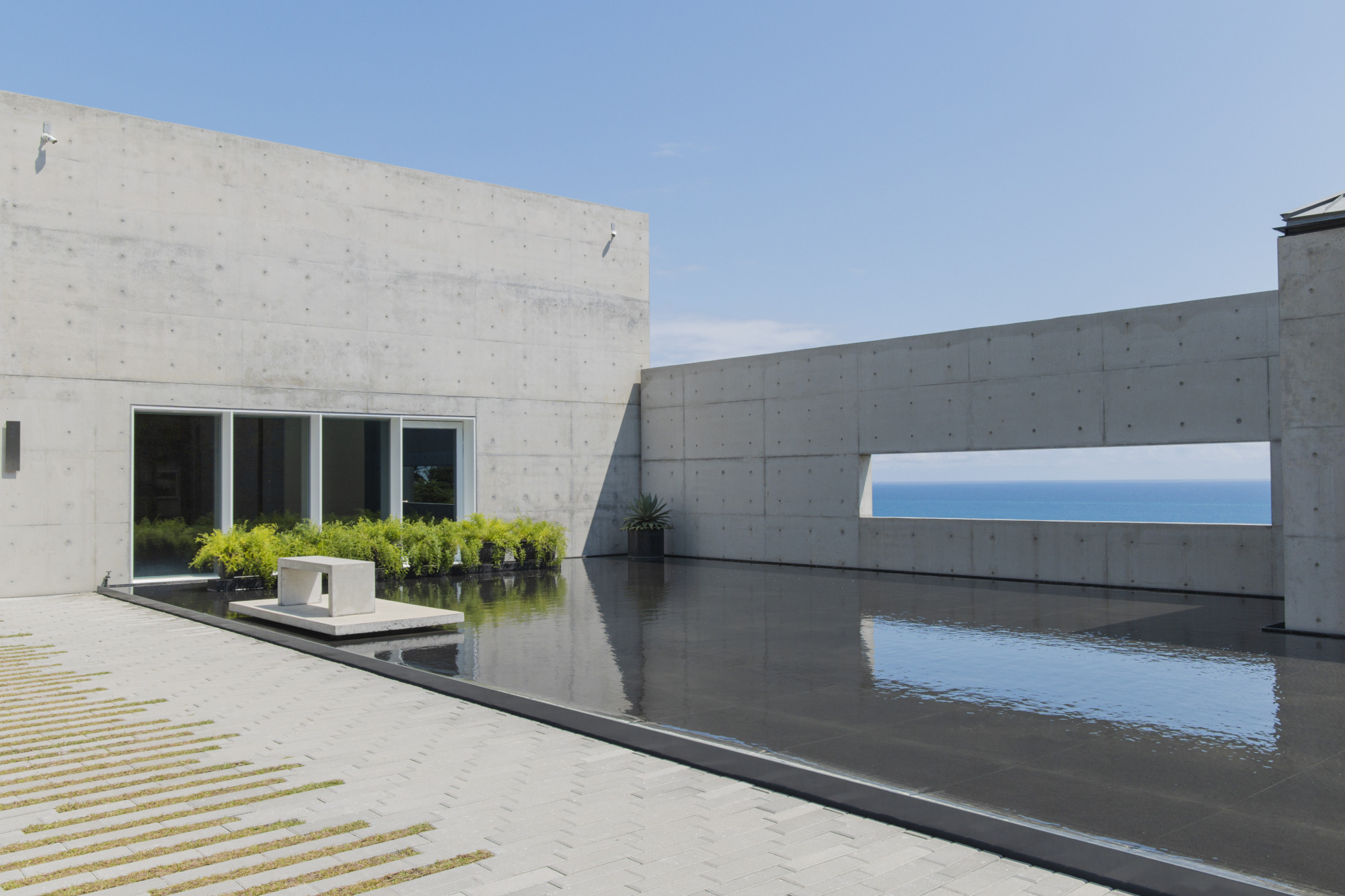
Lee: I’m curious, Nanjo-san, when you curated this exhibition, how does the Serenity Pond influence the way the visitors engage with the exhibition when you first think about how to put up these works?
Nanjo: Architecture is something I cannot change – it already exists. But I thought about the architecture, about what the character of each space is. This is, in a sense, like immersive theater. You are already in something, and then you change your experience from one to another, so the experience of seeing the art here is very rich. And depending on the time, on the season, it’s all different which is very different from a usual museum, where they are protecting art, and it is always in the same condition, same temperature, everything is kept the same. But here, it’s changing, it is breathing the nature. It’s very unique in this way. The simplicity is coming from nature. The good and bad is very clear. I want to stay here longer every time. Every time I visit, it feels too short. I want to stay longer – to write, to read. This is a really ideal place.
Chiang: When you say you want to stay longer, I take that to mean you want to spend more time with me! (laughs) I think that everybody understands that we are a very small art center, but to me, I think it’s very personal – like my own work. I hope all the visitors will have an experience like Nanjo-san’s – like an artist accompanying you through the art center. It’s very personal, and I hope everybody will have this feeling.
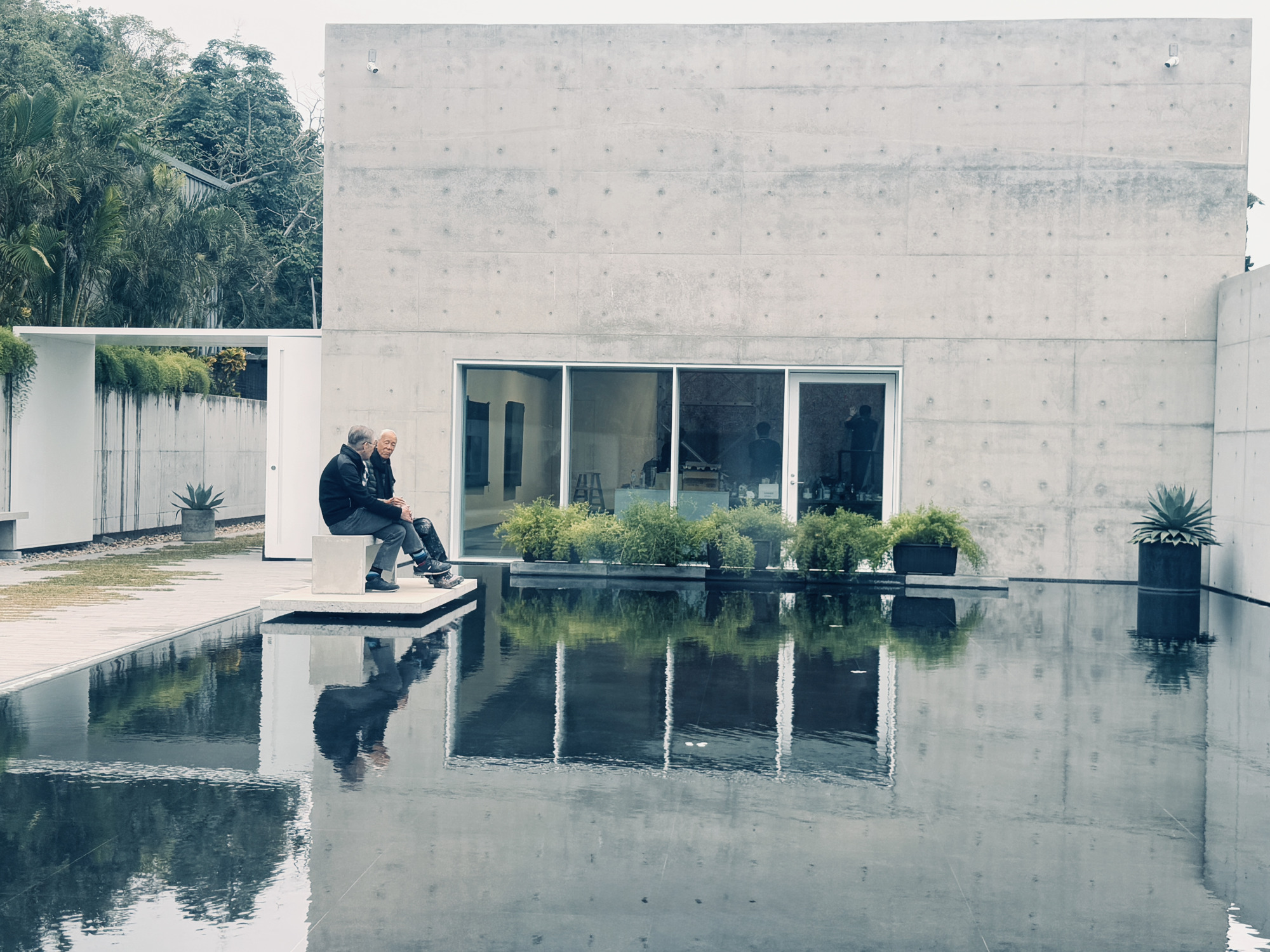
The Possibility of an Artistic City — From the Art Center to a Global Cultural Platform
Lee: Nanjo-san, from a more objective perspective – you visited Taitung several times while preparing for the inaugural exhibition. As the art center gradually took shape, did your feelings toward this place change? What do you see as the potential of the art center?
Nanjo: The first time I came to Taitung, I immediately liked it. Time flows very slowly here, completely different from Taiwan’s major cities. It’s relaxing, and I really enjoy how everything here whether architecture, shops, or the people themselves has a gentle, slow-living charm.
As I came to know the art center more, I discovered it has a remarkably strong character. On one hand, it exudes a vintage, laid-back quality; on the other, it’s sleek, modern, and full of spiritual and intellectual depth. These seemingly opposing traits blend together naturally here. As the sun shifts across the sky, it changes the way light moves through the space, creating a rhythm that seems to breathe with nature. That rhythm gently draws people toward abstraction and inward reflection.
I also feel a connection here to universal questions – What is humanity? What is life? Why does art exist? Why do we live? These questions all surface through Paul Chiang’s art. And through his work, I’ve gradually become a fan of Taitung.
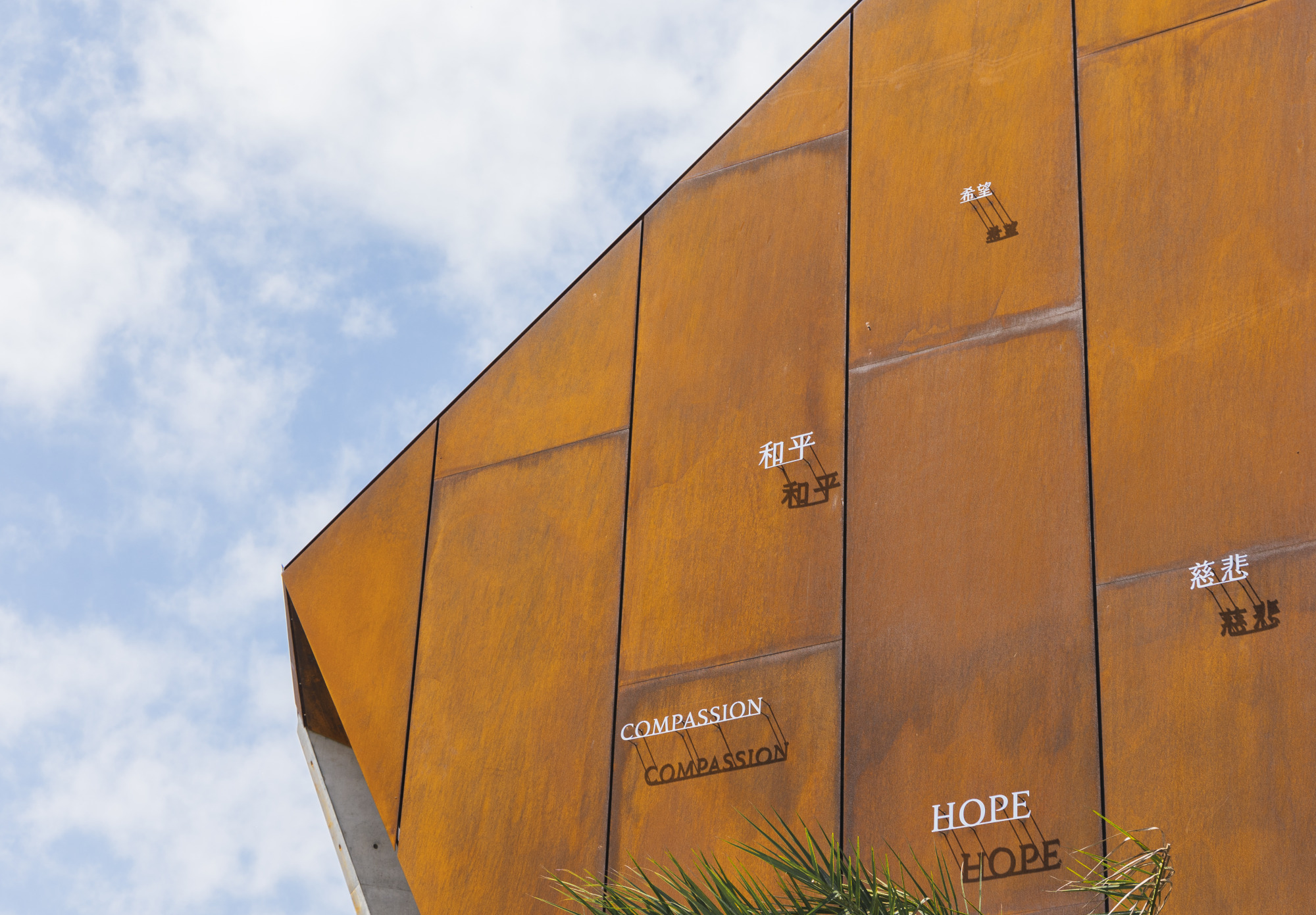
Lee: If you were to introduce the Paul Chiang Art Center to art lovers around the world, how would you describe this place?
Nanjo: I would say that it is a platform dedicated to art – a place where people can meet and connect, but also a space for focus, reflection, and inspiration.
An art center can fundamentally transform the image of a city. This may represent a new model of urban development, one where art and museums drive growth. Such transformation redefines a city’s identity and points toward a more sustainable way of living in our time. This city offers a compelling example of that potential.
Chiang: Looks like we still have a lot of work to do! (laughs)
Lee: Michael, do you see the opportunity for the art center’s architecture to continue evolving as a living space for art?
Lin: I think it’s very important to think that way. A lot of works of art are being sold and seen disconnected from their authentic selves. It’s incredible that we can be in a place where you not only see the artwork, you experience it. With Paul and Stanley, the vision was to create a platform that the people of Taiwan can truly be proud of. It’s a platform rooted in hope and confidence.
Lee: I have a final question for Paul. In your book, you wrote that one must always be a good human being before becoming an artist. What words would you like to leave with your supporters, your fans, or the younger generation?
Chiang: I’ve always believed that an artist must first be a person of good character. That’s the foundation. At least among the artists I know, I’ve never seen someone with poor character become a truly great artist. Because art, first and foremost, comes from the person – the human being. And what the artist deals with above all is beauty. Beyond beauty, the other essential is goodness. For me, these are what matter most.
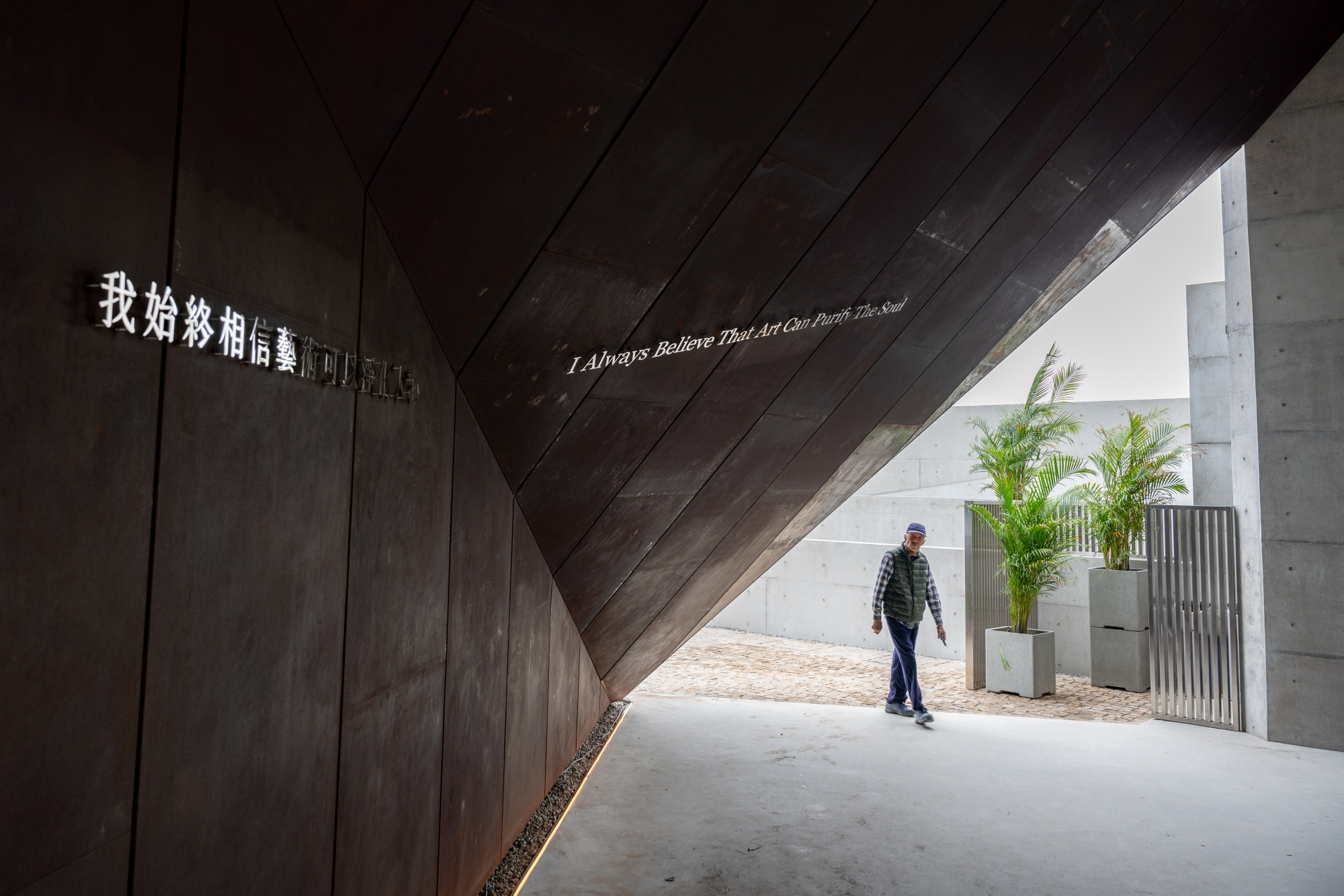
Lee: Before I conclude this discussion, I would like to thank our three speakers. What we heard today highlights not only the depth of Paul Chiang’s artistic vision but also the thoughtful care that has gone into shaping this space – one that bridges art, architecture, and curatorial storytelling.
This center is more than just a place to view art; it is a sanctuary of creativity, reflection, and inspiration. We look forward to seeing how the Paul Chiang Art Center will continue to grow and evolve, contributing to the artistic landscape of Taiwan and beyond.
I’d like to end the talk with a beautiful quote from Paul Chiang:
“Art is the pursuit of light in the face of despair, reflecting purity upon darkness, seeking the truth, and goodness, and life.”
No matter where you are, we hope this conversation sparks further exploration and appreciation of the profound work presented in this space in Jinzun, on the east coast of Taitung. Thank you.